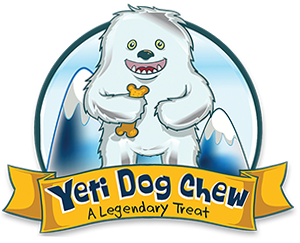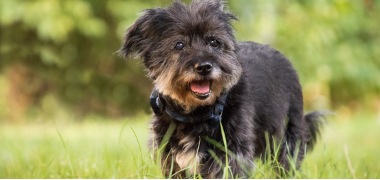More you spend time with your four-legged friend, stronger and closer your relationship gets. After all, you and your dogs have spent most part of life on nurturing the relationship - seeing each other grow. Both of you can easily read each other’s mood swings and provide comfort, protection, and companion whenever needed. However, the sad part is dogs are short-lived and old age comes sooner to them than us. On an average, when a dog crosses the age of 7 it falls into the senior category.
How do you know that your dog is aging?
Aging of dogs differs as a matter of her breed and size. You can determine if your lovely canine friend is beyond her prime if she:
- Has Gray Hair: If her hair has gone grayer around the face and muzzle and she has thinner and drier coat.
- Gets Easily Tired: When she gets quickly tired or quits after 30 minutes of playtime, while previously she used to play for hours and hours.
- Has slowed down: She’s is likely to take longer naps, more time to go up and down the stairs, and keep lying down.
- Gets Upset Easily: If loud noises, thunderstorm or fireworks that never made her anxious and upset, now causes her to howl, shudder or show anxiety.
- Has Lumps: If you good old dogs usually develop soft, spongy lumps in her body, especially on her trunks.
- Ignores When Called: Loss of hearing is a common sign of aging. If she ignores you when you call her, she might have lost some sense of hearing.

How can you keep your good old dog healthy?
With aging occurs changes in metabolism and your dog play time might not be as long as it used to be. But, if you attend the developing problems for your good old dog then you can keep her feel healthy and energized.
Adjust Diet
As your dog ages, her dietary requirements also change. Consider adjusting the diet of your good old dog because with seniorhood her metabolism changes and it can cause weight gain. Keeping your dog trim and fit can prolong her time with you. According to a study cutting a dog’s daily food by 25 percent can extend the dog’s life by more than 20 percent. However, cutting back food not only means changing the quantity but also quality. Higher fiber and lower calorie food are beneficial for senior dog’s health. Consult your vet to gain appropriate recommendation on proper diets.
Change Exercise Regimens
Senior dogs need exercise, even though it might be slowing down. Keeping her in shape will help her to deal with the physical and emotional changes. Your good old dog might not be able to do high-intensity activities like jumping, chasing a frisbee or running a marathon. But, low-intensity activities like swimming or brisk walking can help her to stay active and trim without putting stress on her joints. Adequate exercise promotes healthy bone growth and keeps your dog happy.
Teach New Tricks
Age doesn’t matter, dogs love to learn no matter the age. Teach her new tricks and keep her mind stimulated, sharp and engaged. When your dog is enforced to focus on something to succeed, it helps her to fight boredom and decrease the brain aging. You can try new toys, new kinds of exercise, and even training to keep your senior dog's minds sharp.
Protect from Illness and Infection
Senior dogs take a longer time to get better and are susceptible to illness and infection. Keep your good old dog warm, as it is difficult to regulate her temperature. You can invest in a heating pad to keep her protected from illness. Regular check ups with the vet can help to identify the health issues that might impact your dog’s life and comfort levels like arthritis, kidney disease, heart disease, and dental problems.
Pamper Your Dog
Your good old dog needs care and lots of pampering from your side. Provide your dog with lots of sleep, massage, belly rub, and the warm bath. Proper sleep is crucial for senior dogs. Make your dog sleep better and get lots of rest by providing soft blankets and towels. Give her a massage, oil treatment, and warm bath from time to time, it helps to reduce the stiffness and increase circulation in her body.

